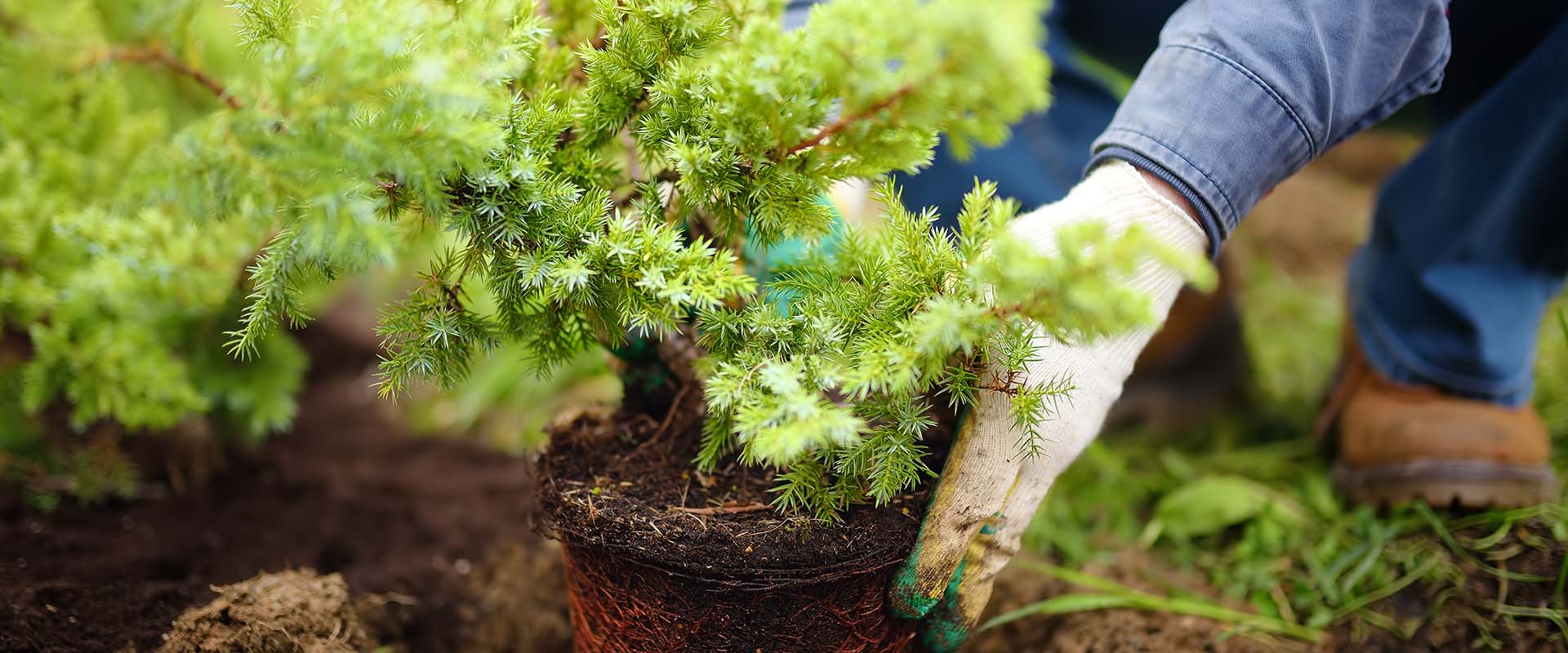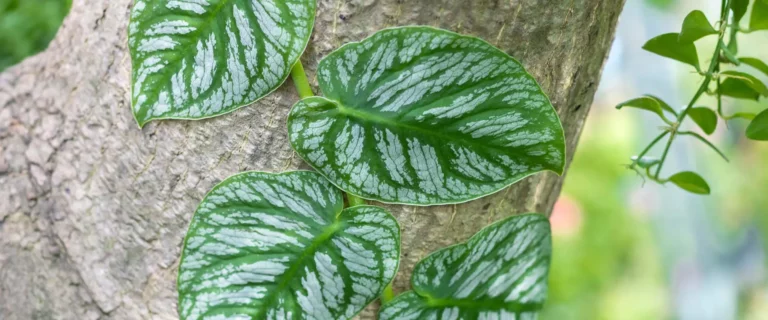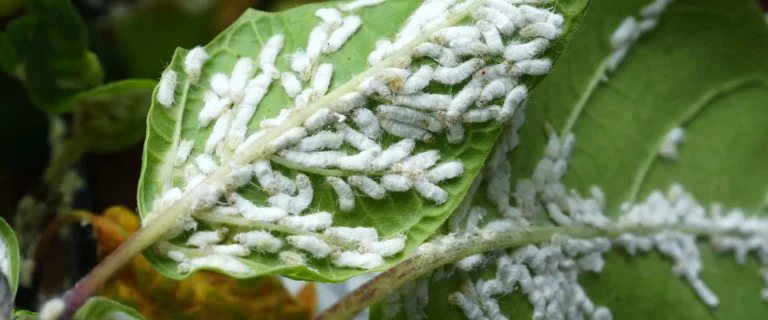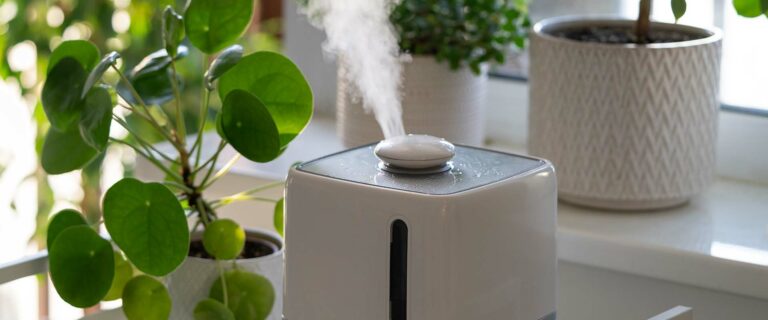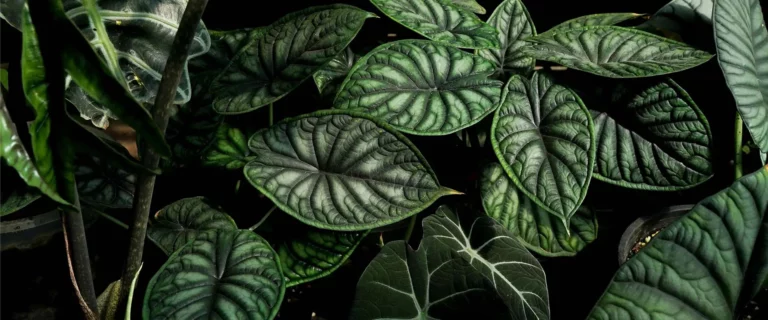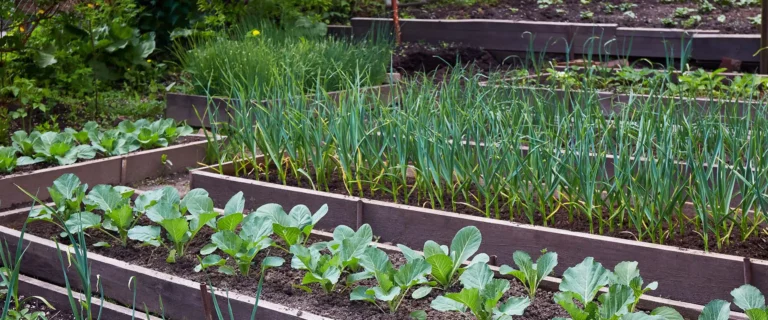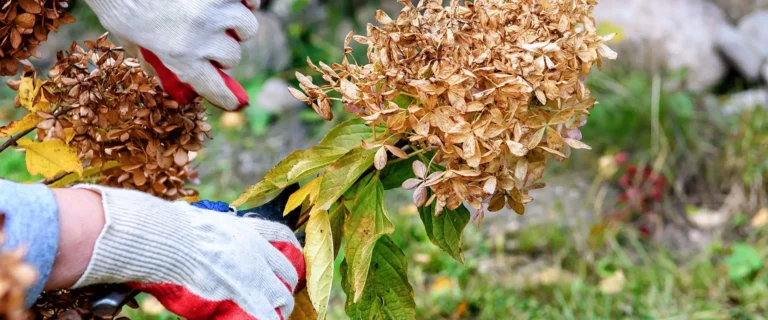The fall season presents a window of opportunity for gardeners… In fact, according to Sean, our horticulture guru here at The Gardener’s Center, the fall season is, in almost every way, better for planting than the spring. That includes planting trees, shrubs, perennials and grass seed.
First though, let’s clarify what we mean by “seasons” as they relate to gardening and horticulture…
We’re talking about the meteorological seasons versus the astronomical seasons. Here’s why: Meteorological seasons are based on temperatures and precipitation as opposed to astronomical or calendar seasons, which are based on the earth and its relation to the moon and sun, etc.
At the beginning of September in our neck of the woods, meteorological summer is over (typically June, July and August), and meteorological fall is usually September, October and November.
Don’t look at your calendars for guidance! (December 21st, four days before Christmas here in Connecticut, is not the fall!) And of those three months of fall, September and the first half of October is the BEST time for planting trees, shrubs, perennials and grass seed.
Whew, now we have our seasons straight…
When you plant in the springtime, here’s what happens…
Imagine the winter’s just ended and now, in spring, everything is waking up and starting to grow. The new plants you buy in the spring are going to be growing roots, stems, leaves and flowers, and they have months and months of growth ahead of them.
The days are getting warmer and warmer with temperatures rising, and with all that growing, you’re going to be doing a lot of watering.
When you plant in the fall, here’s what happens…
In the fall, your trees, shrubs and perennials are done growing from the soil up. No more leaves, stems or flowers—the parts that need all the water—will be produced.
But here’s the special thing about planting in the fall: You need less water with temperatures cooling in September and the soil is still nice and warm… And not too hot. Plants like the soil to be above 50 degrees to grow, but—did you know?—roots stop growing in the summer when the soil gets too hot.
So in the fall when temperatures start to moderate, it’s go-time for plants’ roots. Roots are looking for a place to stretch out and will immediately start growing in your garden beds. This will continue for the next two or three months, so by the time next spring rolls around, the plants you installed in fall will already be established in your garden. That means you won’t need to water them like you would if you had waited until springtime to plant them.
Again, this is true for trees, shrubs and perennials. If you’ve planted a tree in the spring and struggled with it, getting depressed because it gets yellow or crispy leaves, part of it may be because trees especially go through transplant shock. Sean says that deciduous trees are always best planted in the fall. In September, your new deciduous tree is done growing, and will have three months to establish its roots, and by the time next spring rolls around, that tree will be established. While it typically takes a year to get a tree established, if you do your timing right, it can take half the time.
The earlier, the better when planting evergreens.
There are some exceptions that include evergreens such as boxwoods, azalea and arborvitae… You don’t want to go too deep into the fall season to plant them. Evergreen plants still need water in the wintertime, where your deciduous and herbaceous plants don’t.
So give those evergreens as much time as possible (by mid October around here) to get established before winter sets in. Deciduous plants can be planted right up until the middle or end of November, but earlier is better.
Plant your grass seed in September!
There is no better month in the entire year than September to plant grass seed. If you’re patching or large-scale reseeding in your yard, and you can do it in September, do it!
In the springtime, it may take 14 to 21 days to germinate grass seed, but in September in Connecticut, when the soil’s already warm, you’ll see germination in 5 to 7 days. Another good reason? The weeds you typically see growing with your grass in the spring just aren’t there; most of them aren’t programmed to grow in the fall.
Gentle rain and plant sales are another benefit to fall planting.
Rather than the sporadic thunderstorms in the spring and summer, the fall weather pattern brings more—and more gentle—soaking rains.
While the fall may not have the huge selection of plants typically seen in the spring, you may find plants on sale or discounted. Shop smart and double your plant budget! Better plant deals, better plant time.
Last words on the subject? If you have a choice, September is your best friend when it comes to planting in the garden.
Want to know more about meteorological seasons? Want to know more about planting in the fall? You can count on your friends at The Gardener’s Center for information and inspiration.

